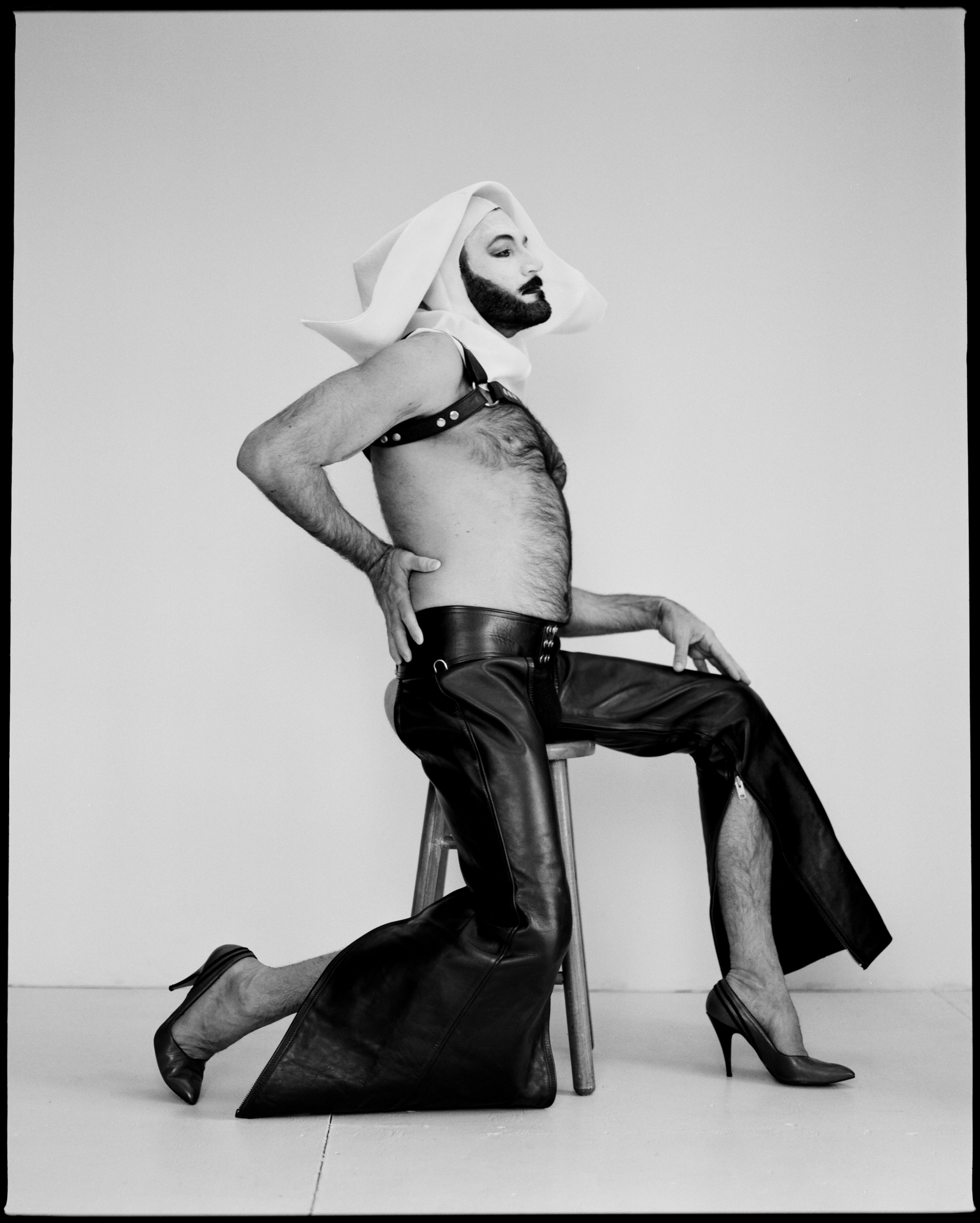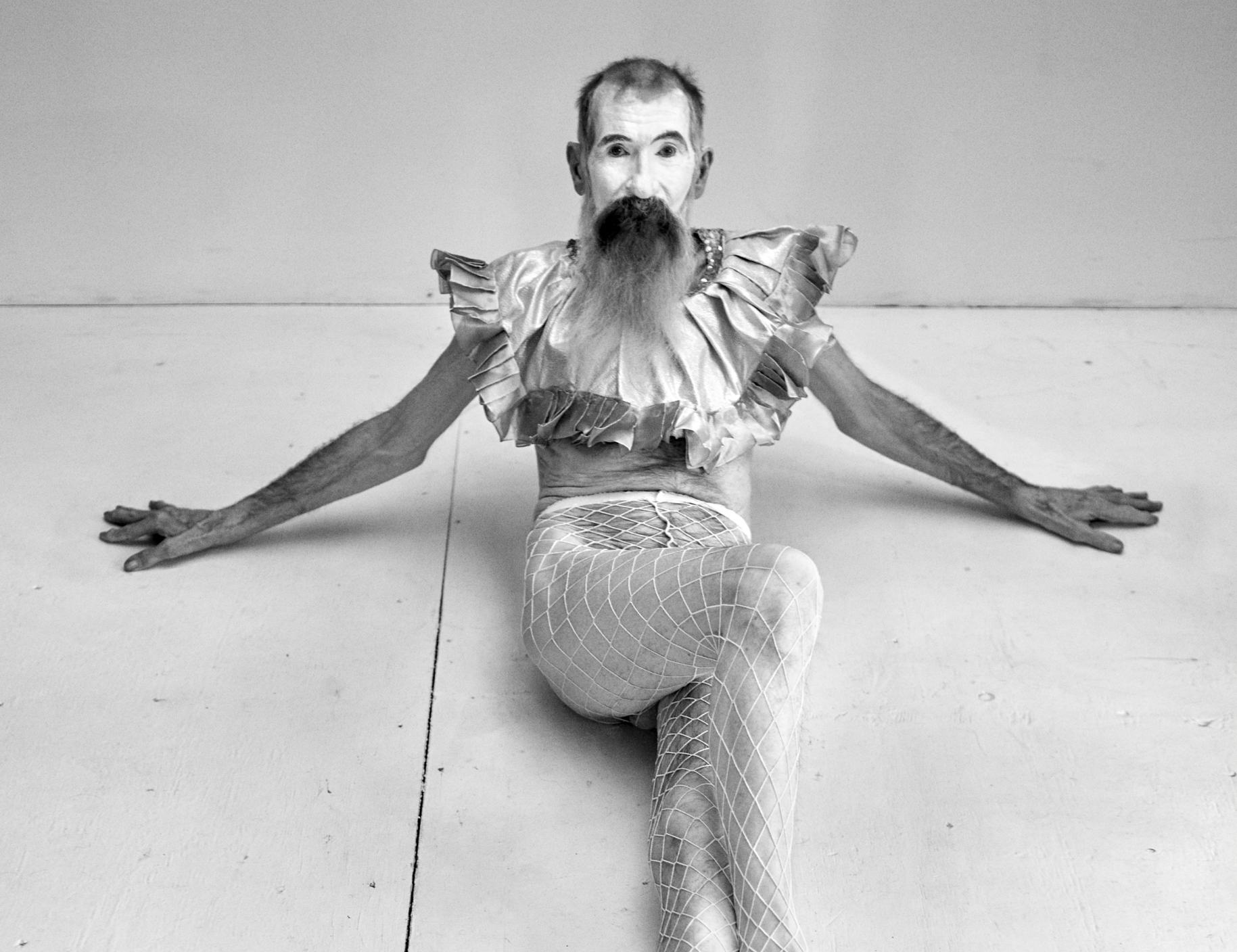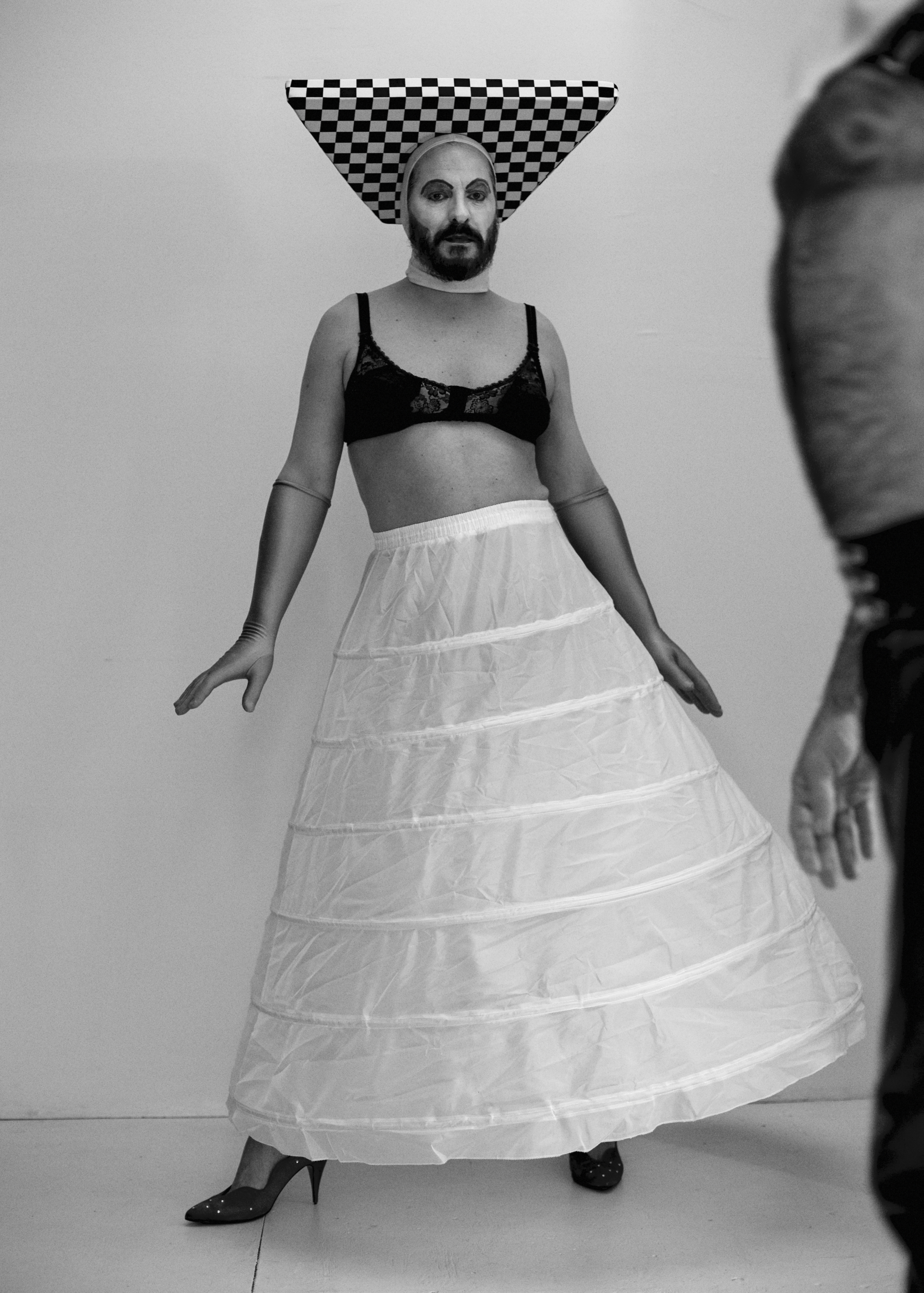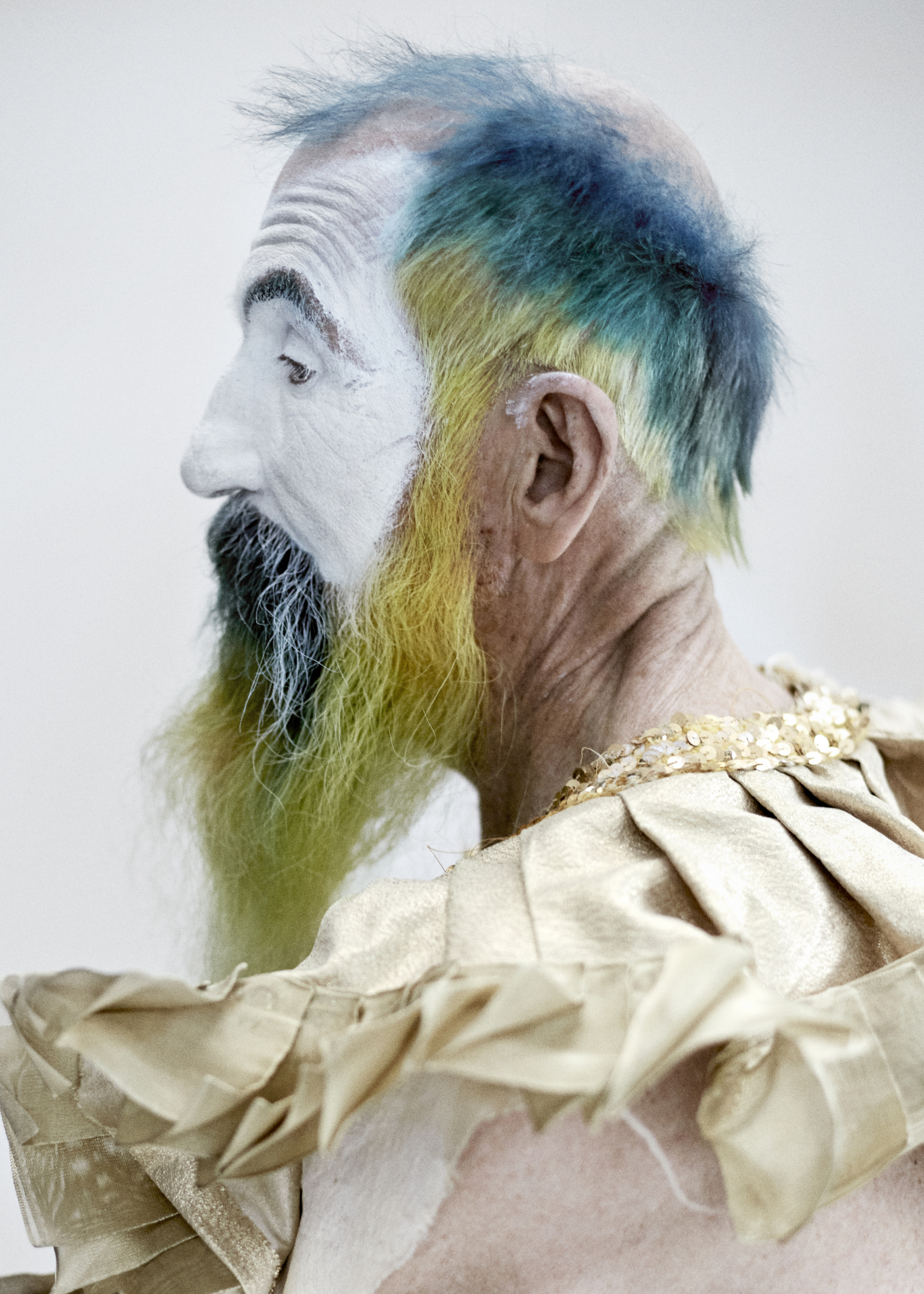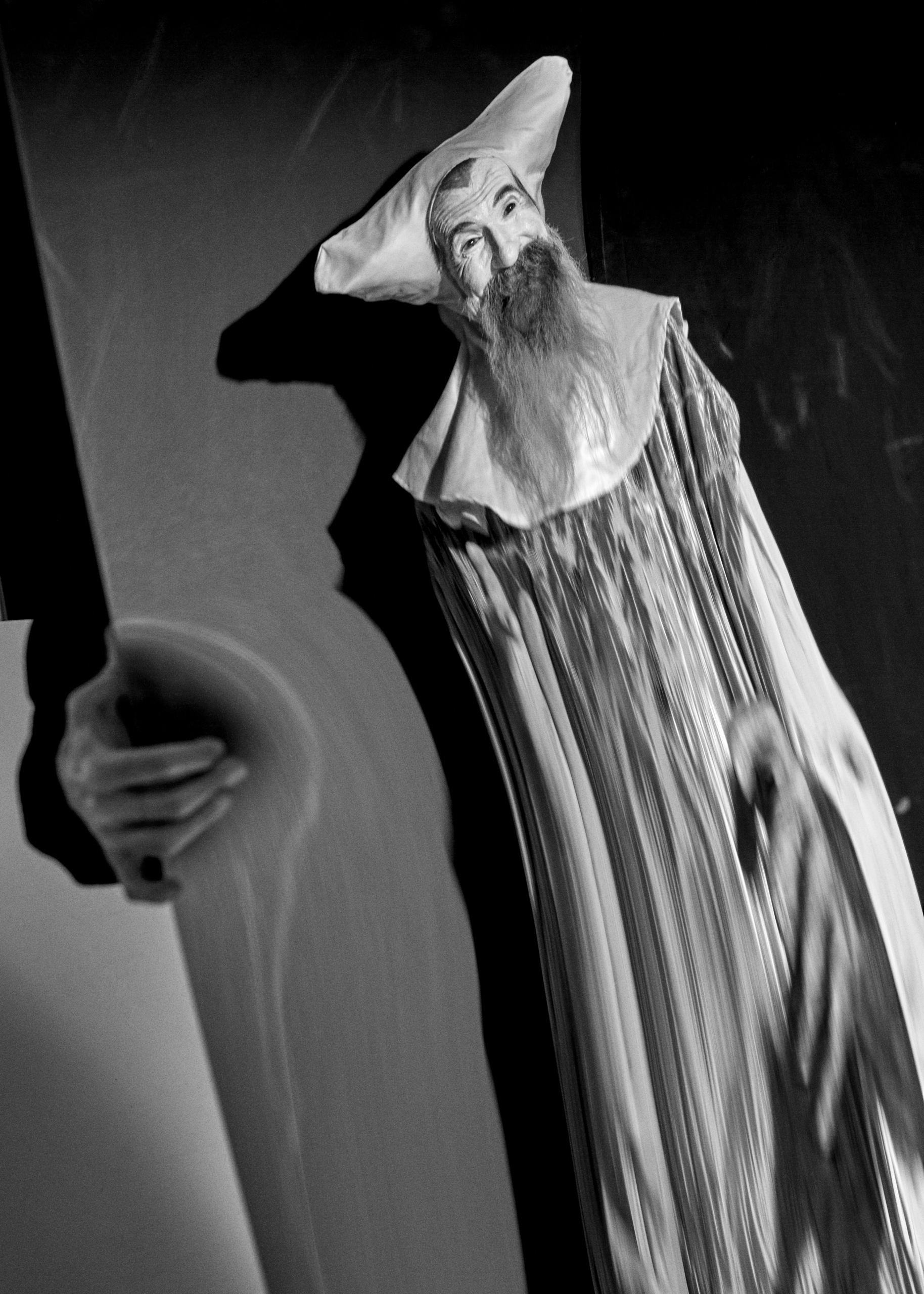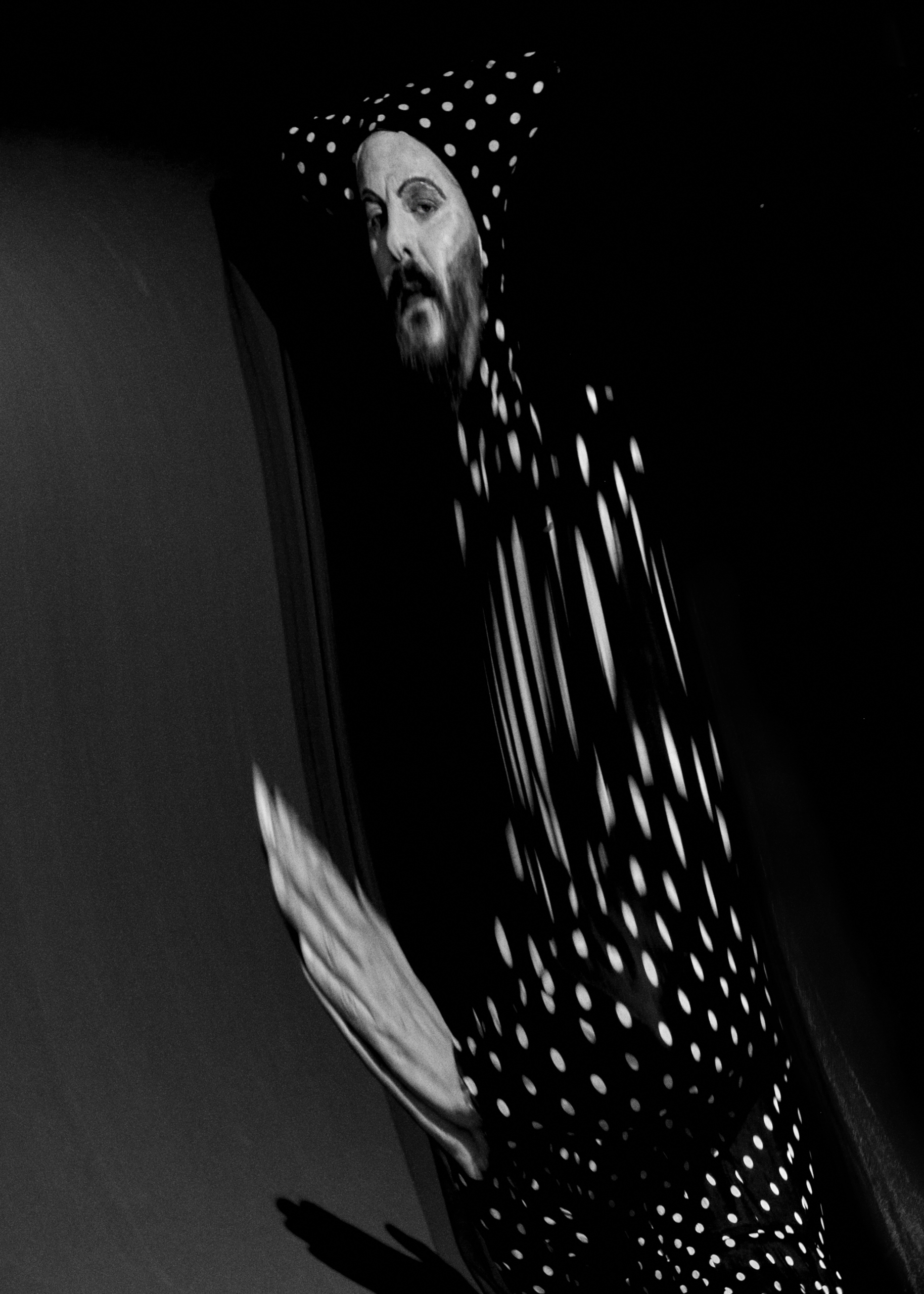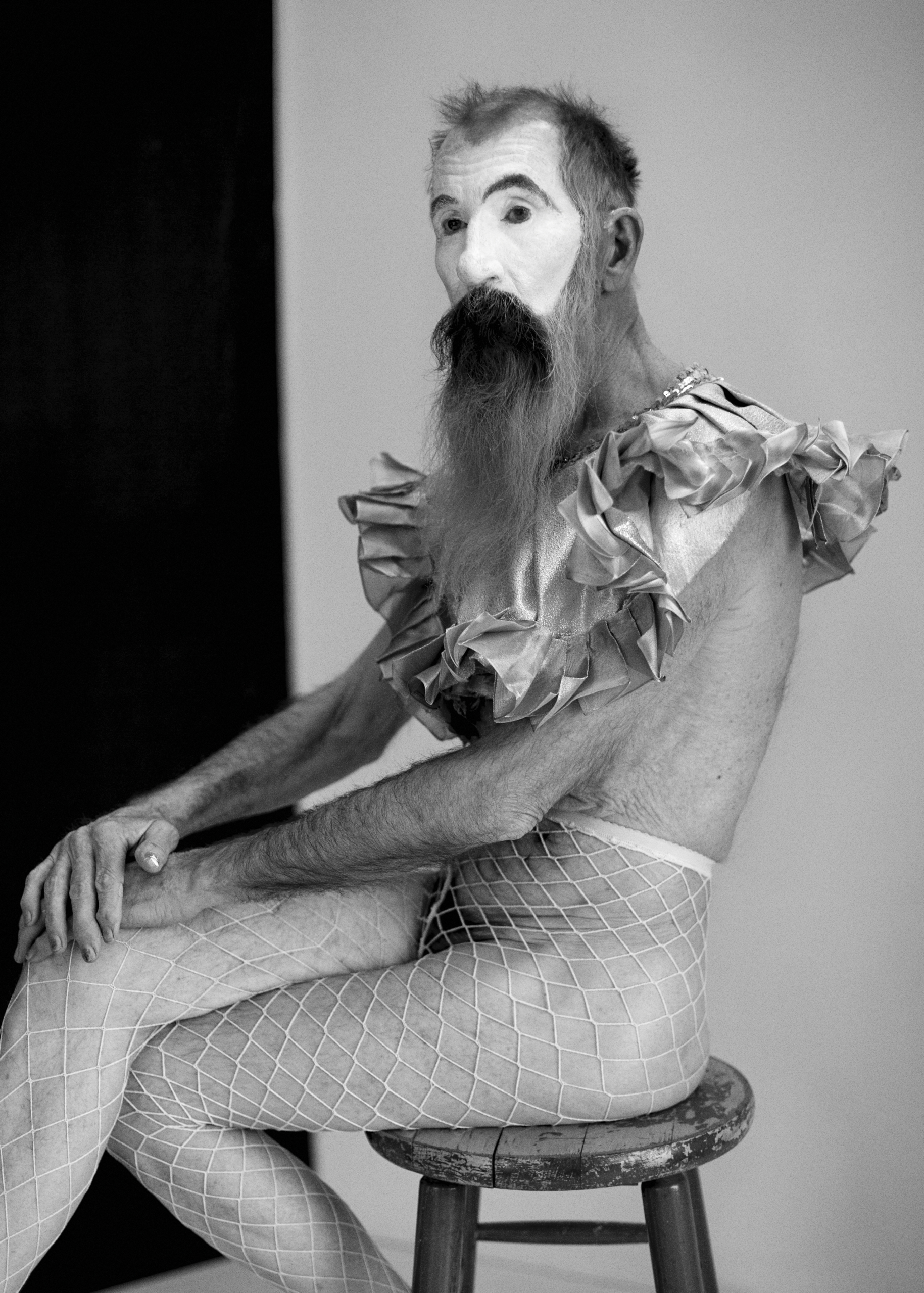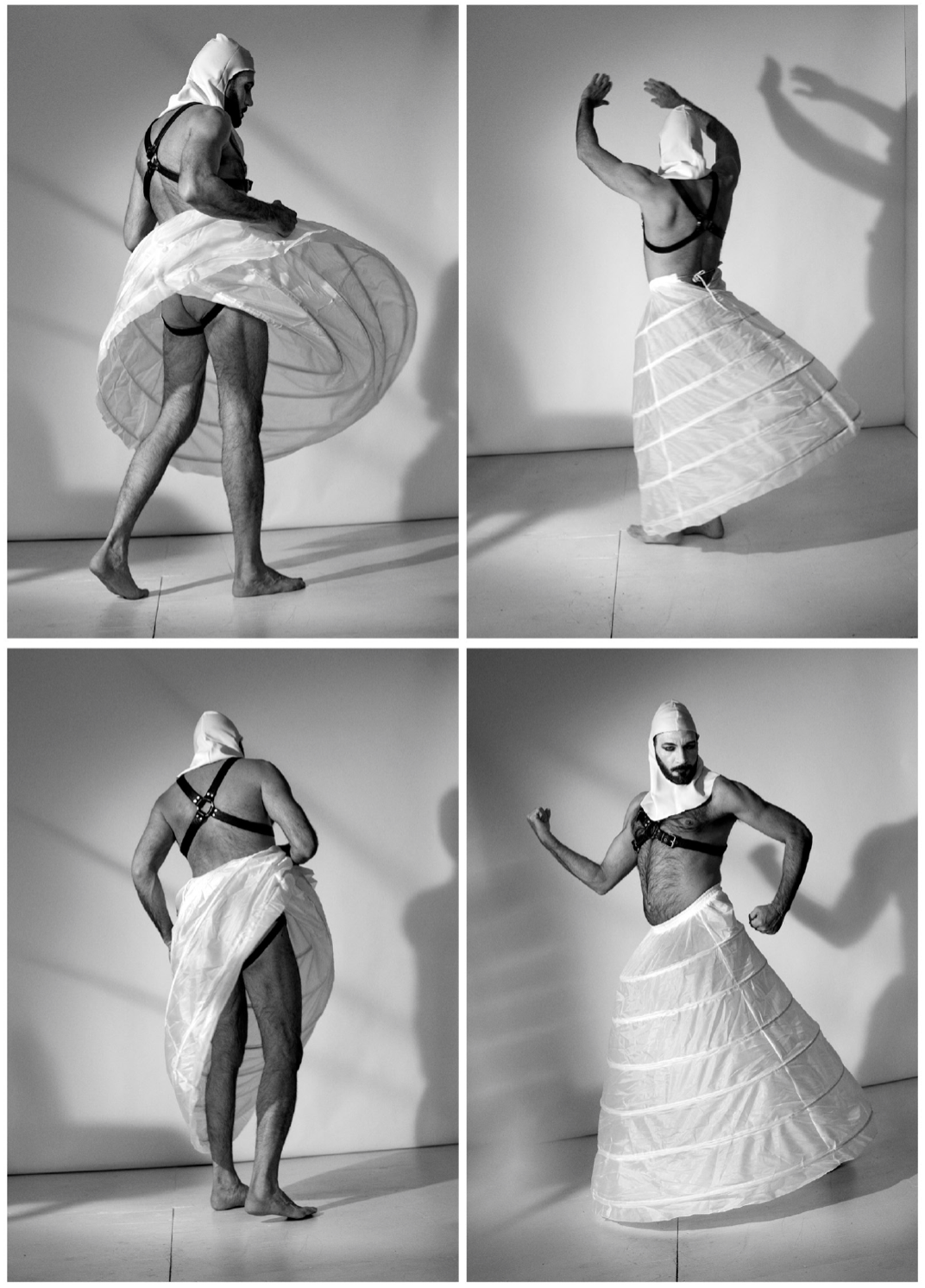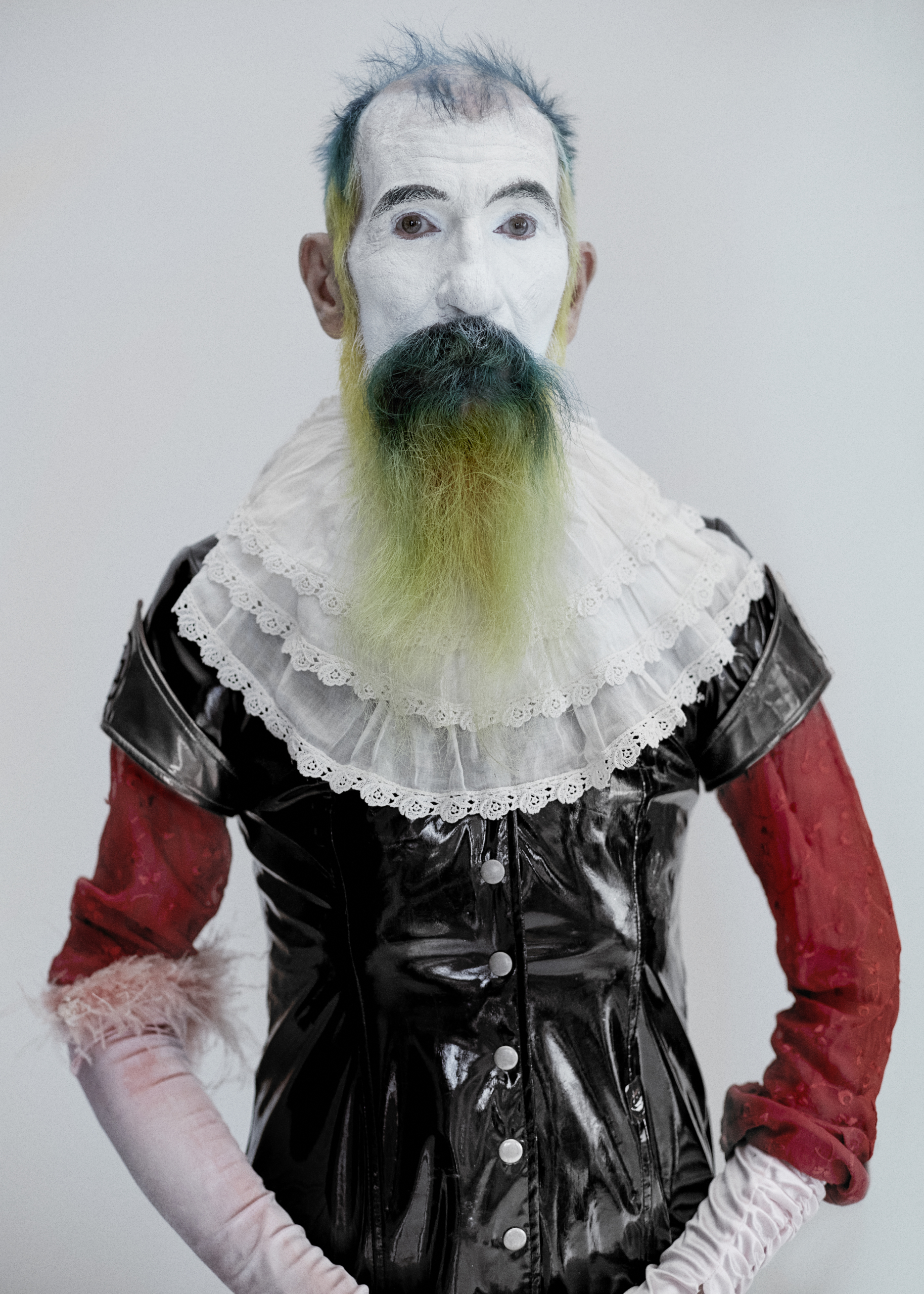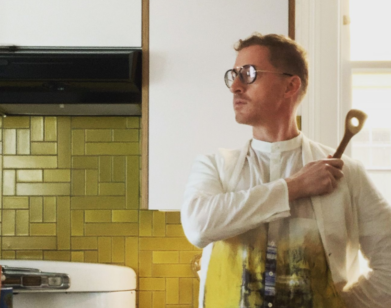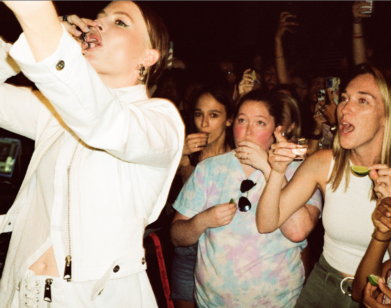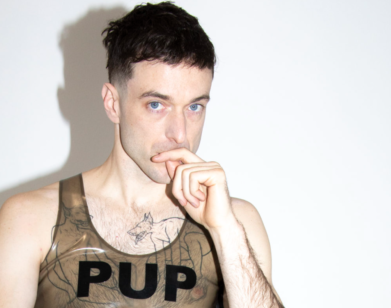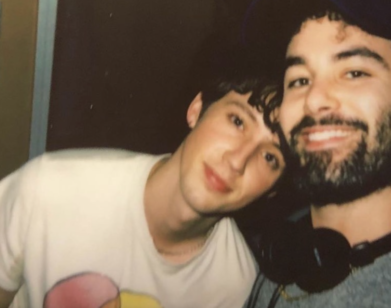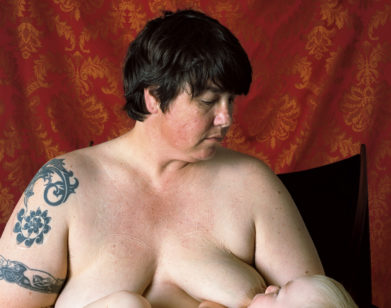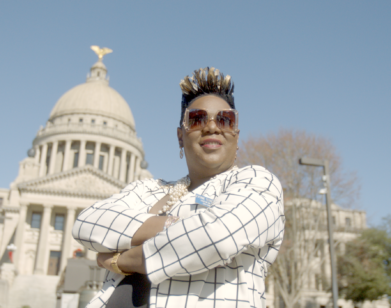why not?
Amen, Sister
It’s been 84 years since Election Day and we still don’t know who the president is. Anxiety across America is at an all-time high. Now, as the numbers slowly and painfully trickle in, we must not forget to stay calm and breathe, as a colleague reminded us this morning via Slack. In the spirit of cleansing the TL, or whatever the kids are saying, we want to bring your attention to The Sisterhood of Perpetual Indulgence, a group of nuns that is more cultural than Catholic. A sisterhood of queer drag nuns that arose in San Francisco roughly 40 years ago, they have devoted their life to community-building, protecting human rights, fighting bigotry and intolerance, and “spiritual enlightenment.” Their fight for a better today is a resounding message across the world, but right now, more than ever, in America. As we peek toward a chaotic future—mentally, emotionally, politically, and otherwise—the sisters’ message serves as a comfort, a sort of weighted blanket offering a warm embrace and much-needed glimmer of hope. Interview caught up with Gillian Zinser, the director of Bad Habits, a short film celebrating the radical group of nuns featuring Sister Hysterectoria (Agnes de Garron), Sister Tootsie Tits (Eric Wolf), Sister Rosetta Stoned (Donald Gallagher), and Sister Gladiola Gladrags (Justin Gooding). Below, we discuss the importance of highlighting radical queer groups in America, the comfort of drag, and what we can all learn from drag nuns. Amen, sister.
———
ERNESTO MACIAS: How did you come across the order of drag nuns?
ZINSER: I was introduced to the Sisters at last year’s Pride parade in New York, where I first began documenting and exploring their work and community.
MACIAS: Where did the idea to celebrate the International Radical Order of Drag Nuns come from?
ZINSER: I think I was inspired to share the Sisters’ work as a direct response to the frustration (severe understatement) I’ve felt living through this current administration, bearing witness to all the hateful, sexist, racist, homophobic, transphobic, xenophobic (we could go on…) rhetoric, and behavior they’ve tried to ignite. The Sisterhood has devoted the last 40 years to challenging these forces of hate, promoting human rights, respect for diversity, and inspiring a message of freedom and equality. I can’t really think of a more appropriate moment to celebrate that than right now.
MACIAS: What interested you in capturing the spirit of drag nuns, specifically?
ZINSER: I’m interested in making work that promotes connection and empathy, explores and confronts stereotypes, and broadens perspectives. So I’m mostly attracted to stories focusing on unique and fringe communities, those on the margins fighting for acceptance and visibility, and generally anyone going against the grain and being unapologetically themselves in the face of adversity. The Sisters clearly champion all of these causes as they are all about freedom of expression, screwing with gender and sexuality norms, and consider themselves “sacred clowns” of their community taking a stand on the edge of what our society defines as “normal.” I mean, how many people do you know who devote their entire lives to protesting hate—in fishnets and habits, standing at this intersection between absurdity and ministry? They’re radical—even by today’s standards.
I think specifically, it’s their approach to their work that’s interested me most about them. Their choice to steer away from the exhaustion and fatigue of rage, a critical and valuable but often unsustainable part of activism. Instead, they place a deep emphasis on using humor and joy in their activism, arguing that people burn out on rage, but they don’t on joy. The events of this year have left so many of us feeling completely overwhelmed with anger and frustration about the state of our country. It’s easy to feel depleted. This philosophical spirit of the Sisterhood was really arresting to me.
MACIAS: When did you first come across drag? What did it mean to you then, what does it mean to you now?
ZINSER: I grew up in Dupont Circle (the historic gay center of D.C.) and then moved to New York after high school, so I’ve been fortunate to be surrounded by such beautifully diverse, eclectic communities for as far back as my memory goes. I don’t remember ever questioning drag as anything other than another creative form of a personal expression. But working with the Sisters has completely expanded my understanding of it. No one commands attention quite like a drag queen, but for the Sisters, it’s a matter of channeling that attention into the art of resistance. I now appreciate another layer of the act of drag as a powerful political statement, an act of rebellion against societal norms, and as an art form that elevates the voices of disenfranchised communities.
MACIAS: Why is it important to you to spread their message and fight against hate?
ZINSER: There’s just so much going on in America right now demanding a serious paradigm shift in the way we connect to, understand, and take care of one another. As Trump continues to fuel so much hatred, division, and violence between us, the Sisters’s message has taken on a renewed meaning, urgency, and inevitably become a direct response to this current administration. Their work is about setting an example that allows people to have the space to be whoever they want to be, despite the forces trying to hold them down—an unfortunately imperative reminder, still, here in 2020.
MACIAS: Why should younger generations be aware of these radical queer groups?
ZINSER: While of course we still have such a long way to go in regards to continuing to fight for LGBTQ+ and transgender rights, us younger generations didn’t have to live through what these founding Sisters did when they first formed in the late 1970s. I just think it’s important to acknowledge and celebrate those who have spent the last 40 years as highly visible gay icons devoting themselves to fighting homophobia and championing the rights of the queer and trans communities; to not take any ounce of our generation’s freedoms for granted, and to highlight and honor the trailblazers who have devoted their lives to making a difference.
MACIAS: In capturing the drag nuns, what did you take with you after spending time with them?
ZINSER: I don’t think you can meet the Sisters and not immediately understand the power of satire and humor. Oscar Wilde said, “If you’re going to tell them the truth, you better make them laugh, or they will kill you.” I think this embodies the spirit of the Sisters’ perfectly. The whole point of what they do (the drag, the makeup, the nun get-up) is to make people notice them, to make them laugh, and be approachable. Their costume is meant to serve as an icebreaker so that people want to engage with them, which is where their real work starts. This is why they call what they do “presence ministry.” A huge piece of their intention is to simply dismantle the idea of shame, and to use their bold form of expression to inspire others to feel comfortable and proud of who they are.
They’re there to teach people to feel comfortable being themselves. I think this particular approach, this kind of unique performative “dragtivism,” is such a beautiful way to protest in that it’s based in connecting with people. It’s so refreshing to see people out in the streets using conversation and dialogue as their weapon against ignorance, prejudice, and hatred. And even if they’re not able to change someone’s mind completely, maybe at the very least they’ve expanded it— broken down an initial barrier of prejudice or stigma. And that’s not nothing. Change starts small.
MACIAS: What were some of the inspirations behind the photo essay? What was the mood board like?
ZINSER: Eric (Sister Tootsie Tits), Donald (Sister Rosetta Stoned) and Justin (Sister Gladiola Gladrags) all have such unique, dynamic, creative personal expressions, so I just wanted to let each of their personalities take the stage. All the wardrobe is their own, so the styling feels respectively reflective of their actual Sister character. We also wanted to play with the idea of joy and distortion, the two main pillars of the Sisterhood’s work, providing a more anti-realist and abstract lens to the characteristics that they normally portray. So John and I found ourselves using different elements like mirrors, glass, and other reflective materials to distort their images to express this playful, yet disruptive nature.
———
Models: Sister tootsie, Sister Rosetta Stoned, and Sister Gadiola Gladrags
Creative Direction: Gillian Zinser

